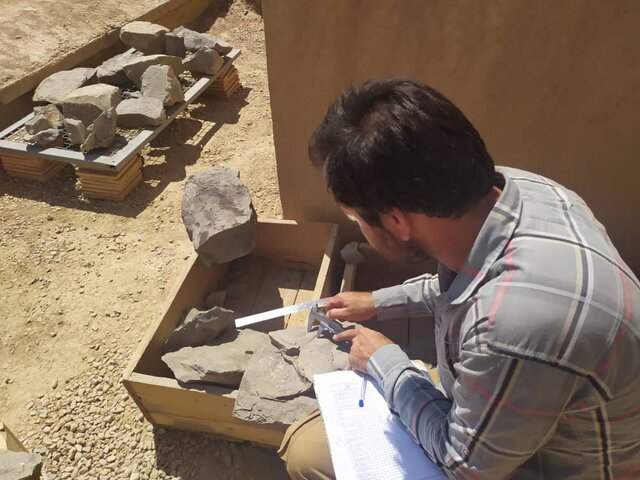Persepolis engraved stones, fragments being documented

TEHRAN – A team of archaeologists, cultural heritage experts, and restorers have commenced a project to reorganize, study, and document engraved stones, related fragments, and bas-relief carvings that are being kept across the UNESCO-registered Persepolis in southern Iran.
“It is one of the long-term projects that the UNESCO World Heritage site pursues to document engraved stones, related fragments and bas-relief carvings that exist in Persepolis by a team of archaeologists, cultural heritage experts, and restorers,” said Hamid Fadaei, director of the World Heritage.
“Over the past year, some 3,000 pieces of [engraved] stones have been documented, categorized, and kept under suitable protection conditions,” Fadaei added.
Persepolis, also known as Takht-e Jamshid, whose magnificent ruins rest at the foot of Kuh-e Rahmat (Mountain of Mercy), was the ceremonial capital of the Achaemenid Empire. It is situated 60 kilometers northeast of the city of Shiraz in Fars Province.
The royal city of Persepolis ranks among the archaeological sites which have no equivalent, considering its unique architecture, urban planning, construction technology, and art. The city’s immense terrace was begun about 518 BC by Darius the Great, the Achaemenid Empire’s king. On this terrace, successive kings erected a series of architecturally stunning palatial buildings, among them the massive Apadana palace and the Throne Hall (“Hundred-Column Hall”).
This 13-ha ensemble of majestic approaches, monumental stairways, throne rooms (Apadana), reception rooms, and dependencies is classified among the world’s greatest archaeological sites.
AFM/MG
